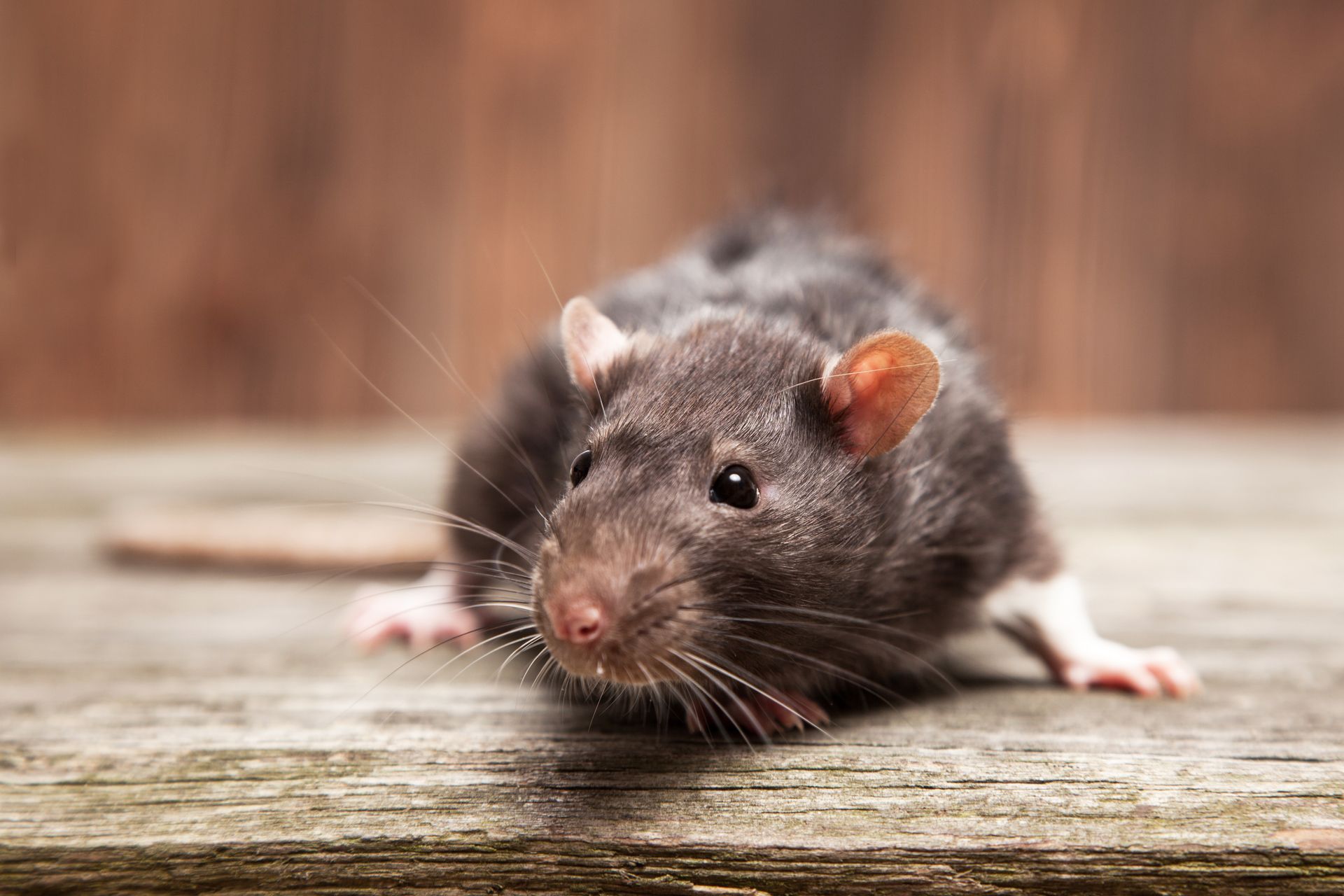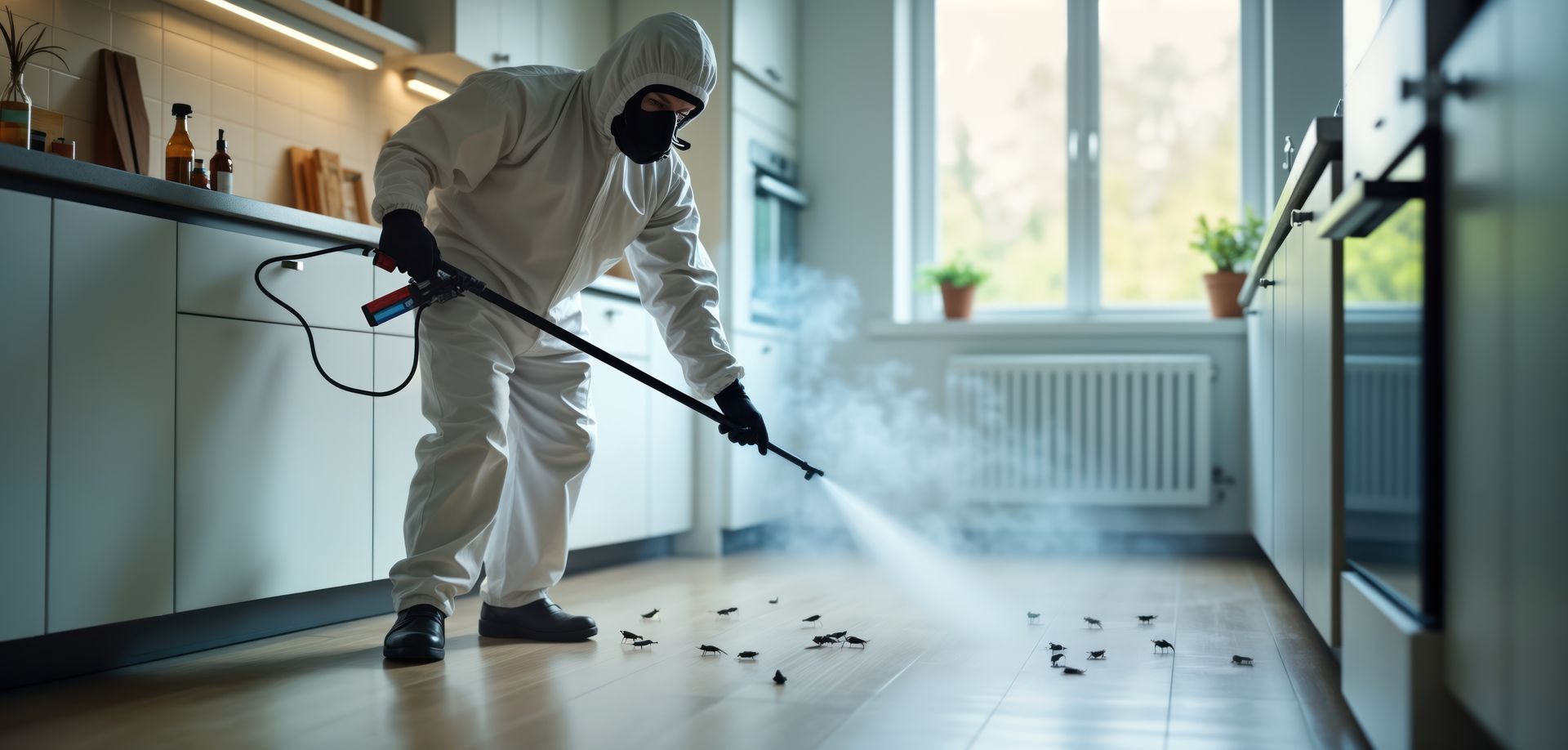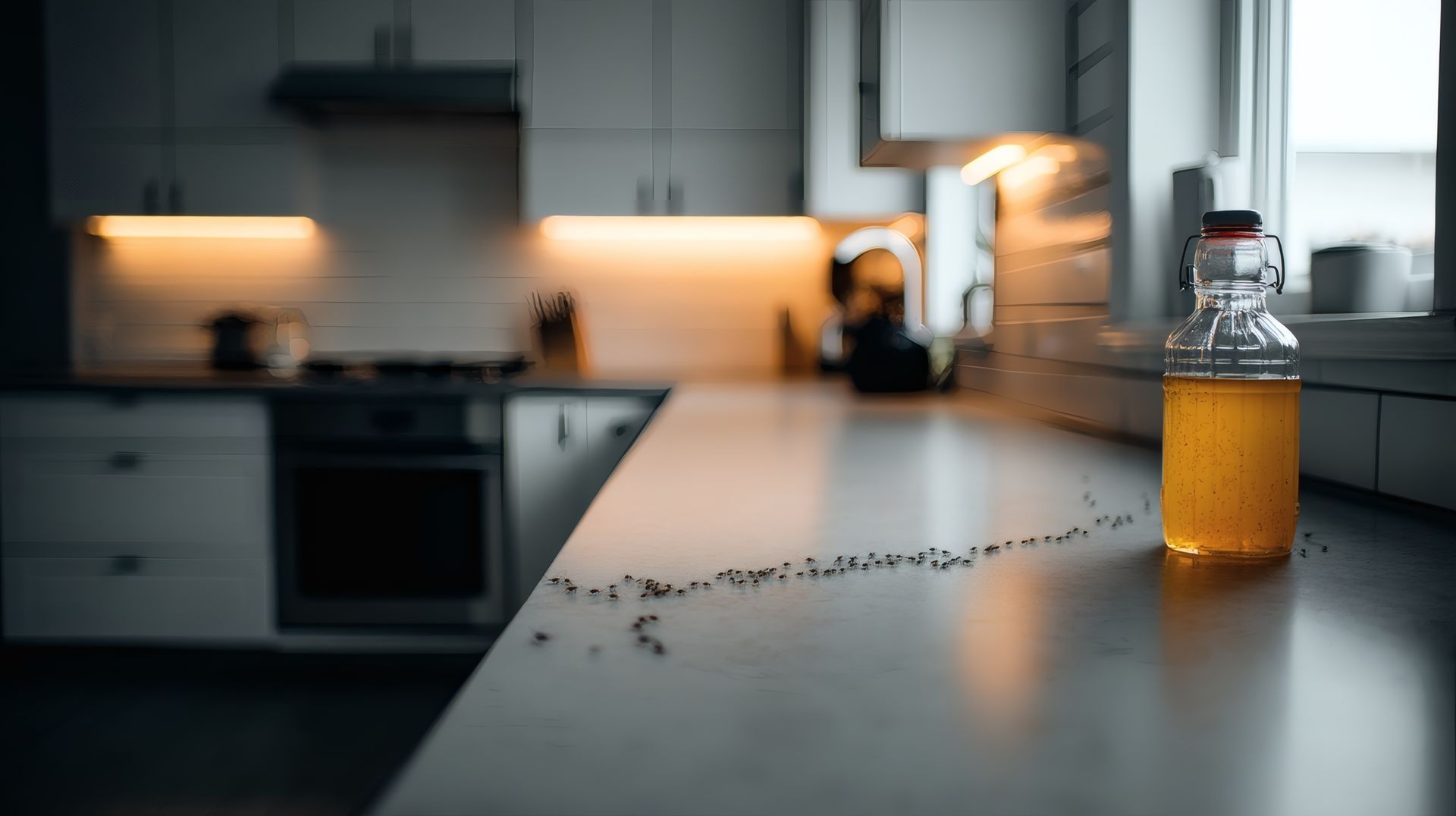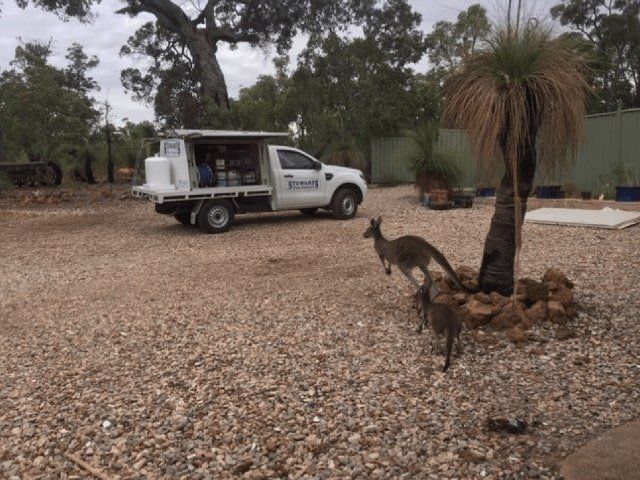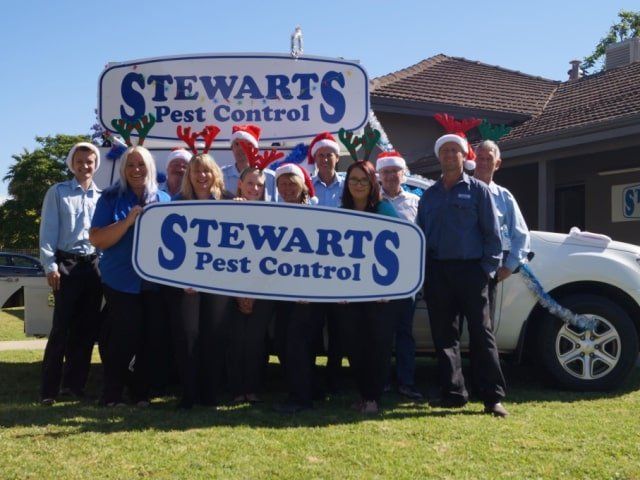How to Keep Dangerous and Nuisance Spiders Out of Your Home
- By 100001749567
- •
- 17 Jun, 2025
- •
Have you ever walked into a room only to find a large spider on the wall or hanging from the ceiling? It’s a heart-stopping moment many Perth residents have experienced. While some spiders are harmless and even helpful in controlling other insects, others can pose real health risks, especially to children and pets. Whether it’s venomous bites or unwanted webs in every corner, spiders are a common nuisance that homeowners would rather live without.
At Stewart Pest Control, we understand the discomfort and anxiety that come with unwanted eight-legged visitors. With over 60 years of experience protecting WA homes, we offer effective spider pest control solutions that give you peace of mind year-round. In this guide, we’ll break down the most common spiders in Perth, why infestations happen, and what you can do to protect your home inside and out.Common Spider Species in Perth Homes
Perth is home to a range of spider species—some harmless, others potentially dangerous. Knowing which ones you're dealing with is key to managing them effectively.
The most common spiders in Perth include:
Redback Spiders: Easily identified by the red stripe on their back, these spiders favour dry, sheltered areas such as garden sheds, underneath furniture, or kids’ play equipment. Their bite can be harmful, especially to young children or the elderly.
White-tailed Spiders: Known for their speed and their painful bites, these spiders are nocturnal hunters that often enter homes in search of prey.
Black House Spiders: These shy spiders build messy webs around windows, eaves, and fences. While not aggressive, they will bite if provoked.
Huntsman Spiders: Large and fast, these are usually more of a scare than a threat. They rarely bite and are often found behind curtains, wall hangings, or in cars.
Each spider has its own habits, preferred hiding spots, and risks. At Stewart Pest Control, our technicians are trained to identify the species and customise treatments accordingly—a vital step in effective spider pest control in Perth.
Are Spiders in Perth Dangerous?
While not every spider poses a risk to humans, Perth is home to several species with potentially harmful bites. Understanding which spiders are dangerous and recognising them in your home is crucial for your safety.
Potentially dangerous spiders in Perth include:
Redback Spiders: A bite from a female redback can cause severe pain, sweating, nausea, and in some cases, hospitalisation. They are commonly found in dark, sheltered outdoor areas like under furniture, bins, or eaves.
White-tailed Spiders: Although their venom is not considered lethal, bites can lead to localised pain and swelling. In rare cases, they have been linked to skin irritation and ulceration.
Even seemingly harmless spiders can become a problem. Their presence often causes distress, especially for those with arachnophobia, and their webs can make homes appear untidy. Families with small children or curious pets should be particularly cautious, as accidental encounters can happen quickly.
It’s worth noting that spider bites in Perth are relatively uncommon when homes are properly maintained and treated. Still, any suspected bite should be monitored, and medical attention sought if symptoms worsen.
When in doubt, it’s best to leave spider identification and control to the professionals. Stewart Pest Control offers thorough inspections and targeted treatments to eliminate risk and restore comfort.
Why You’re Seeing More Spiders in and Around Your Home
If you’ve noticed an uptick in spider activity lately, you’re not imagining things. Several environmental and behavioural factors contribute to increased spider presence in and around Perth homes.
Top reasons for spider sightings:
Seasonal patterns: Warmer months encourage spider breeding, making late spring and summer peak times for infestations.
Weather changes: Heavy rain or sudden temperature drops can drive spiders indoors seeking shelter.
Prey availability: A rise in insect populations around your home will naturally attract more spiders looking for a meal.
Shelter and nesting spots: Spiders love cluttered areas like garages, sheds, and under outdoor furniture. Indoors, they favour ceiling corners, behind furniture, and in wardrobes.
Unsealed entry points: Gaps under doors, cracks in walls, and torn fly screens provide easy access for spiders to enter.
In some cases, a single female spider can produce hundreds of spiderlings, causing a rapid increase in numbers if left unchecked. Additionally, outdoor lighting can attract flying insects at night, which in turn lures spiders to those areas.
Spiders are opportunists. If your home offers food, warmth, and hiding spots, they'll settle in comfortably. Fortunately, you can change that with the right approach—starting with regular inspection and targeted prevention strategies.
Why DIY Spider Control Doesn’t Always Work
When homeowners spot spiders, their first instinct is often to reach for a can of insect spray. While this might eliminate a visible spider or two, it rarely solves the root of the problem.
Here’s why DIY spider control often fails:
Surface sprays don’t reach nests: Many spiders build their webs in hard-to-reach areas. Spraying visible areas won’t address the hidden egg sacs or webs tucked away in cracks and crevices.
No long-term protection: Most off-the-shelf products offer only temporary relief, requiring frequent reapplication without lasting results.
Inaccurate identification: Using the wrong method for the wrong spider species can be ineffective or even dangerous.
Missed hot spots: Without a trained eye, it’s easy to overlook where spiders are truly hiding and breeding.
Some homeowners even make the problem worse by disturbing nests and triggering spiderlings to spread to new locations. Others risk bites by trying to capture or kill venomous spiders themselves.
A professional spider exterminator like Stewart Pest Control has access to commercial-grade treatments, specialised tools, and years of local knowledge. We target not just the spiders you see, but the ones you don’t—ensuring a more thorough and lasting solution.
Stewart Pest Control’s Proven Spider Control Process
At Stewart Pest Control, we take spider control seriously. Our spider management programs are designed to eliminate current infestations and prevent future ones, all while ensuring safety for your household.
Here’s what our process typically involves:
- Inspection and identification: We begin by identifying the spider species, nesting locations, and entry points.
- Tailored spider treatment: We apply targeted treatments inside and outside your home, including web dusting, chemical barriers, and strategic baiting.
- Web and nest removal: We physically remove existing webs and nests from eaves, gutters, ceiling corners, fences, and more.
- Entry point sealing: We recommend sealing gaps, replacing damaged screens, and addressing ventilation issues.
- Ongoing protection: Our barrier treatments are designed to remain effective over several months, repelling new invaders.
Whether you're dealing with venomous spiders outdoors or a recurring infestation indoors, our spider treatment options are tailored to suit your property and needs. All products used are low-toxicity, pet-safe, and compliant with Australian standards.
With our deep understanding of Perth’s unique climate and spider behaviours, you can trust Stewart Pest Control to provide safe, effective, and reliable results.
Tips to Prevent Spiders Around Your Home
Even after professional treatment, taking proactive steps can make a huge difference in keeping spiders away.
Here are some practical prevention tips:
Declutter regularly: Reduce storage in sheds, garages, and spare rooms where spiders love to hide.
Seal cracks and gaps: Check doors, windows, skirting boards, and walls for entry points.
Limit outdoor lighting: Reduce the number of lights left on at night or switch to yellow-toned bulbs that attract fewer insects.
Maintain garden areas: Trim back vegetation, rake leaf litter, and remove piles of wood or debris near the house.
Vacuum frequently: Clean ceiling corners, behind furniture, and other secluded areas where spiders may build webs.
Check furniture and boxes: When bringing items in from storage or the shed, give them a quick shake or inspection first.
You can also install door sweeps and repair flyscreens to physically block entry. Keeping your home well-maintained is one of the most effective deterrents for pests of all kinds—especially spiders.
If you find a new web appearing every day or consistently see spiders in the same areas, it’s time to consider professional spider removal.
Why Choose Stewart Pest Control for Spider Pest Control in Perth
When it comes to protecting your home and family from spiders, experience matters. Stewart Pest Control is a WA family-owned business with more than six decades of industry expertise. We know Perth, we know spiders, and we know how to keep them out of your home.
Why homeowners trust us:
Local knowledge: We understand which spiders are common in Perth and how they behave throughout the seasons.
Tailored solutions: Every treatment is designed to match your home’s specific needs, size, and infestation level.
Safe and effective products: All of our treatments are professionally applied and safe for kids, pets, and the environment.
Friendly, professional technicians: Our team shows up on time, explains everything clearly, and treats your home with respect.
Long-term support: We offer seasonal treatments and pest prevention plans for ongoing protection.
If you're looking for trustworthy spider pest control in Perth, Stewart Pest Control has the reputation, results, and reliability you can count on.
Don’t Let Spiders Take Over Your Space
Tired of sharing your home with creepy crawlies? You're not alone. Spiders are a common problem for Perth homeowners, but that doesn’t mean you have to live with them. Whether you're concerned about venomous species or just tired of dusty webs in every corner, professional help is the safest and most effective solution.
From inspection and treatment to prevention and peace of mind, Stewart Pest Control offers comprehensive spider pest control that actually works. Our expert team knows what to look for, how to treat it, and how to stop it from coming back.
Take the first step towards a spider-free home. Contact Stewart Pest Control today or visit https://www.stewartspestcontrol.com.au to request a quote and schedule your inspection.
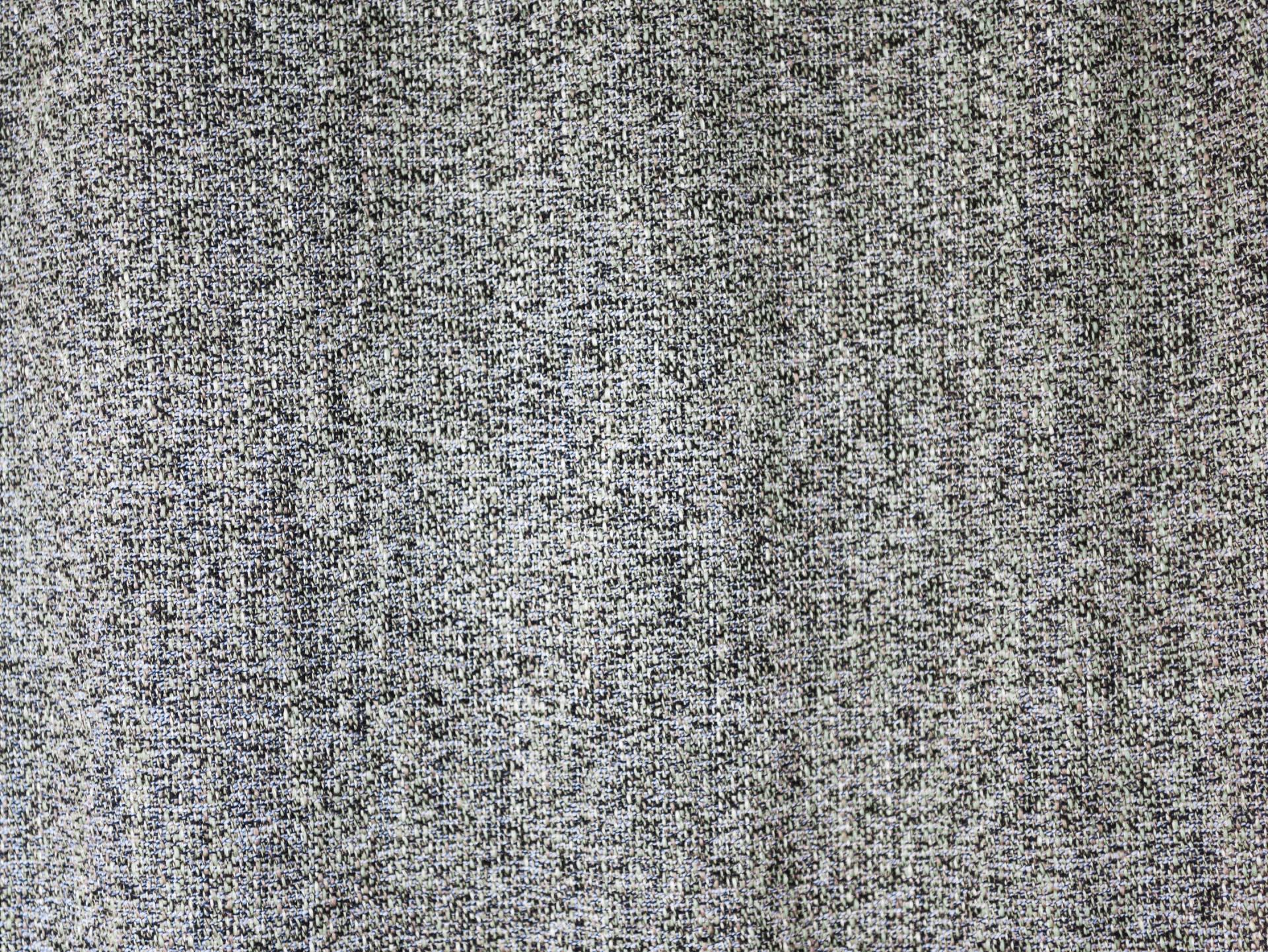
Recently I had found an infestation of variegated carpet beetles at my house. If it had not been for the fact that I work for a Pest Control Company then I would have not thought much of their larva. To determine if they are present in your house the easiest way to check is the carpet edging up against the wall for the larva.
Once I had realized that I had carpet beetles, I spring cleaned the house, vacuuming every room and had the carpets steam cleaned. Then one of our operators came in and treated all areas of the house including the roof. The roof may seem like a weird place for the beetles to get into but the our experienced operator informed me that they always seem to get into the roof. He was right too because a few days later on a table where there was a small crack in the cornicing of the roof I found dead larva that had fallen threw.
The encounter with this pest was not a pleasant experience; I count myself lucky that only minimal damage was caused because of the fact of early detection. I have bug specimens at home that were stored in a spare room. These specimens were literally turned to dust by the larva breeding and eating the dead bugs. A large number of beetles were found around this area. Unfortunately for many people it is more important items like flooring rugs and pillows or bedding that gets attacked.
Once carpet beetles have been detected treatment is essential, ignoring the problem will not make then go away, they will just increase in number and attack more aggressively. To discuss treatments or to find out more information contact us.
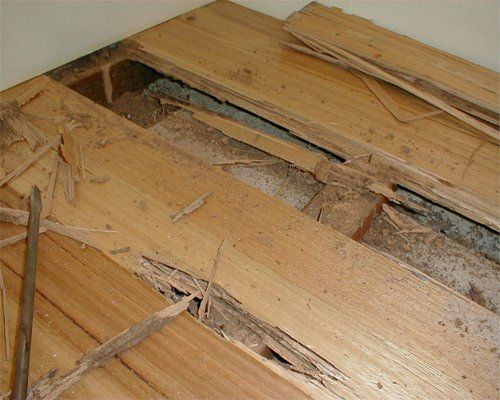
Wood flooring over concrete or other floors are a disaster waiting to happen!
Although very attractive, comfortable and easy to clean, parquetry and other decorative wood floor finishes layed on concrete or other surfaces can be a termite trap waiting to happen. Even if there has been a termite treatment carried out on the building, there is still a large risk of having more termite damage than if there were no wood over concrete or other floors.
Stewarts are getting an increasing number of people each week with the problem of termites eating their expensive decorative wood flooring. With the popularity of this type of floor covering increasing, it will be a problem for StewartS and building owners to contend with for many years.
A large portion of the problem lies with the original building design. Although a building may be built properly with its concrete or wooden floor, the design of a concrete floor building does not facilitate the problems that may occur with a wooden floor.
The Australian Standard for sub floor clearance in a wooden floor building is a minimum of 400 ml. This is to aid and allow access for Inspectors and their services (ie. Electricians, Pest Controllers, Plumbers, etc) although more importantly, the floor clearance aids air circulation which helps stop dampness, mould, fungus, rot and creates a less desirable place for termites.
Concrete floor buildings when built to the Australian Standards should have no problems with dampness, mould, fungus and wood rot. When you put a wooden floor over the concrete floor without the required space for air circulation or inspection etc., you open the door for a build up of dampness, mould, rot, fungus and termites.
Along with the above problem when termites have unrestricted access under or in between the wood layers, they can go anywhere in the building the wood floor takes them and be undetectable.
The wooden floor might not be of interest to the termites as a food source, but use it to obtain a more desirable source of cellulose food.
If the concrete floor is insufficient, has construction faults or cracks that the termites can enter through, finding the entry point of the termites or placing an adequate termite treatment, usually will result in destroying the wooden floor.
This can be a Pest Controller’s nightmare trying to track down termite entry points and secure a termite barrier, not to mention the building owners anguish and frustration.
Stewarts have found in most situations with modern concrete floor homes, termites have been able to breach the termite treatment or physical barrier to gain access to the decorative wood floor. In past experiences, it has been from an area where there is a join or break in the continuos concrete floor surface which usually occur with additions and alterations to the original floor.
Decorative wood floor problems with industrial or public buildings are far worse with no requirement at all for these buildings to have termite treatment or physical barriers when built. The nature and the way these buildings are constructed also allows for easier access of termites.
Stewarts have had clients with termite infestations in decorative wood flooring in many different situations like:
- The second floor of an office building in West Perth
- The sprung and suspended floor of a large indoor sporting club in Armadale
- The display window of a store in Hay Street, Perth
- The dance floor of a night club in Northbridge
- Many homes and normal offices on a regular basis almost daily
The treatment of termite infested decorative wood flooring is costly, not easy, and not fool proof. First Stewarts have to try and establish if:
- The termite problem is coming from under the floor
- Another area; or
- They are just eating the floor or using it as a mode of transport to get to other areas
If this cannot be established, then treatment methods must be adopted one by one to try and stop the attack in the least expensive way for the client and the least destructive way to the flooring and the building.
If the mode of entry has been established then Stewarts can carry out a more direct and effective method.
In severe situations, the decorative floor cannot be saved. These situation usually involve a concrete floor that is cracked or where the surface under the decorative flooring is not concrete and penetrable by termites. In such cases the floor will have to be grid drilled at 30cm intervals and injected with a Termiticide to try and form a continuous barrier under it. The ability to form a continuous barrier depends on the soil fill under the flooring. To do any of this usually the decorative floor would be destroyed by the drilling if the termites have not already done so.
Termite proof or treated timber used in decorative wood flooring does not stop any of the above mentioned problems. The termites will not eat it but they will still use it as a mode of transport to get to other parts of the building and to cellulose food. The same problems can exist with dampness, rot and fungus equally as well. All the problems in treating a normal decorative wood floor apply to a termite uneatable decorative wood flooring and associated termite problems including the possible destruction of the floor.
